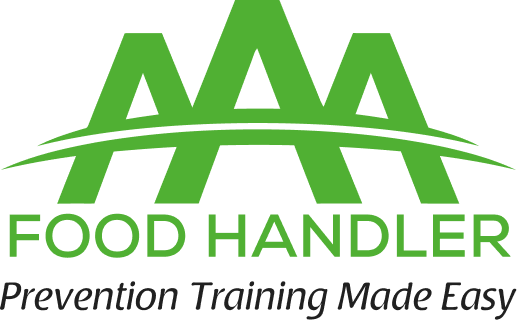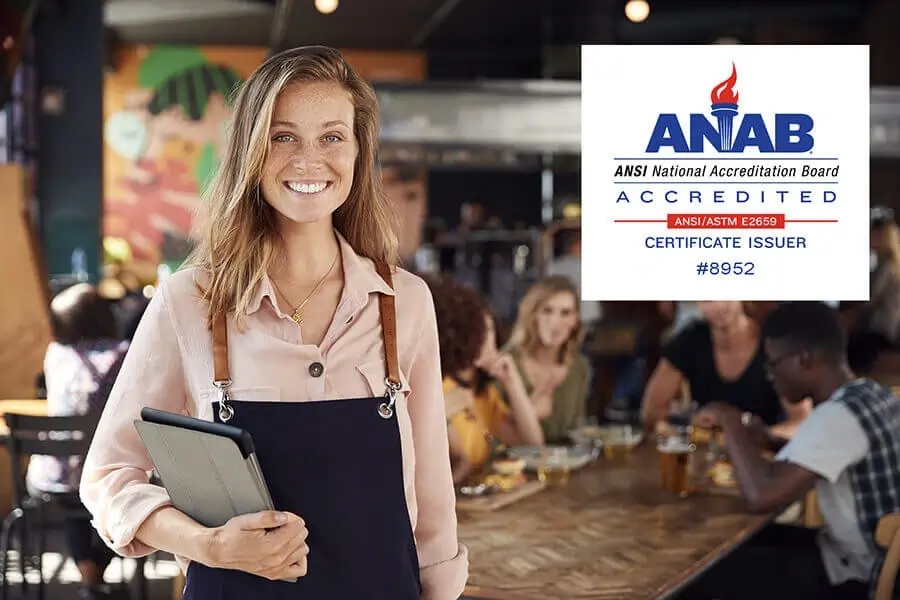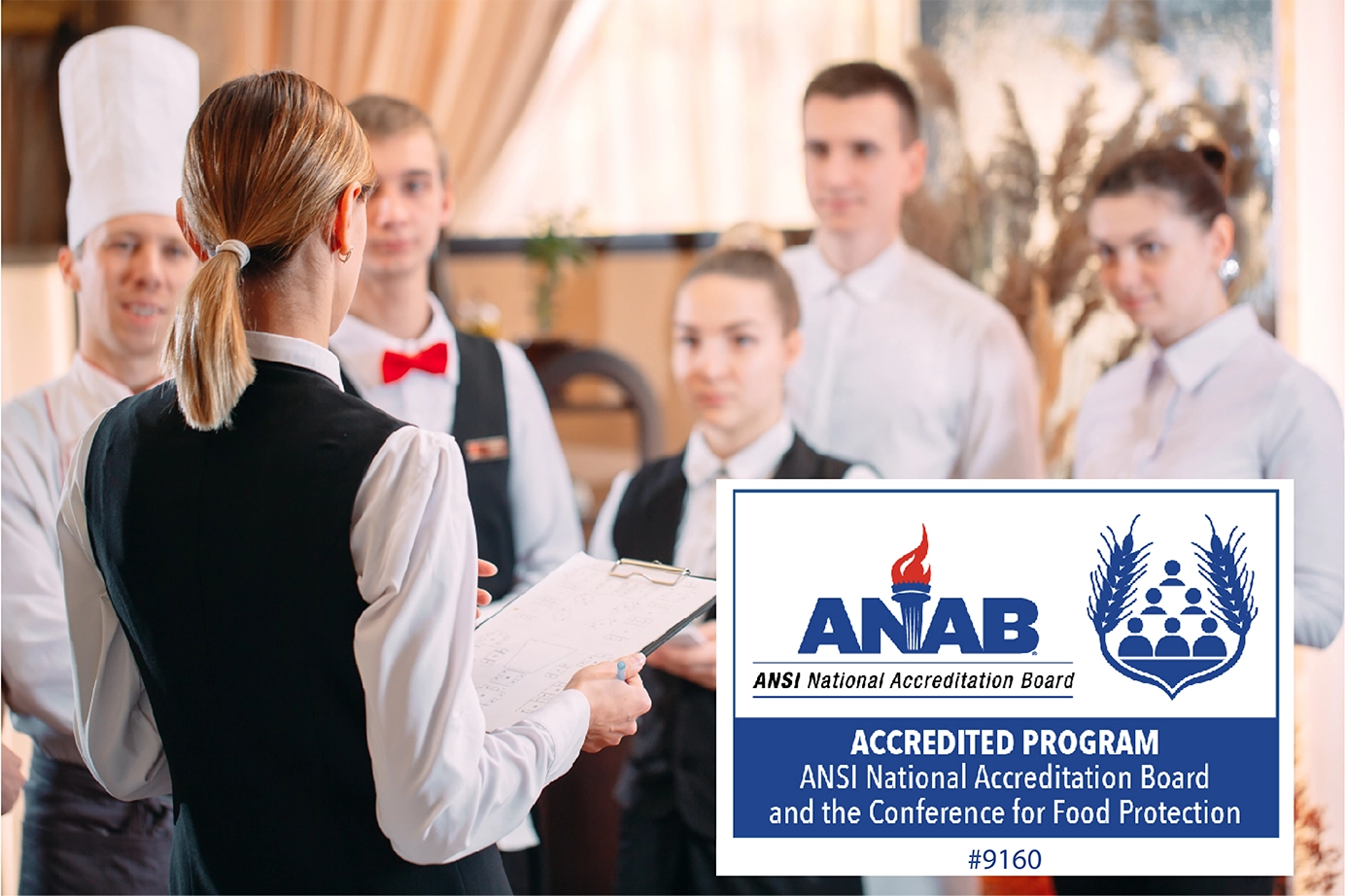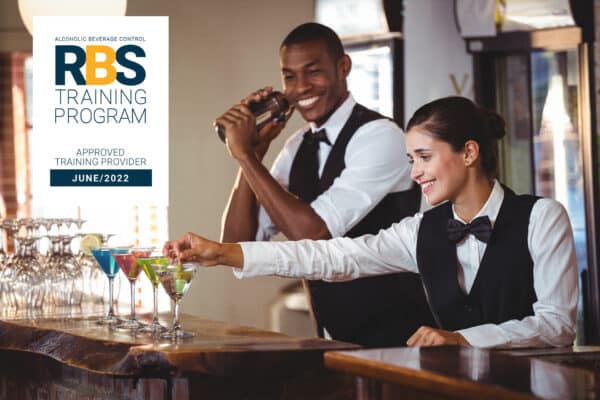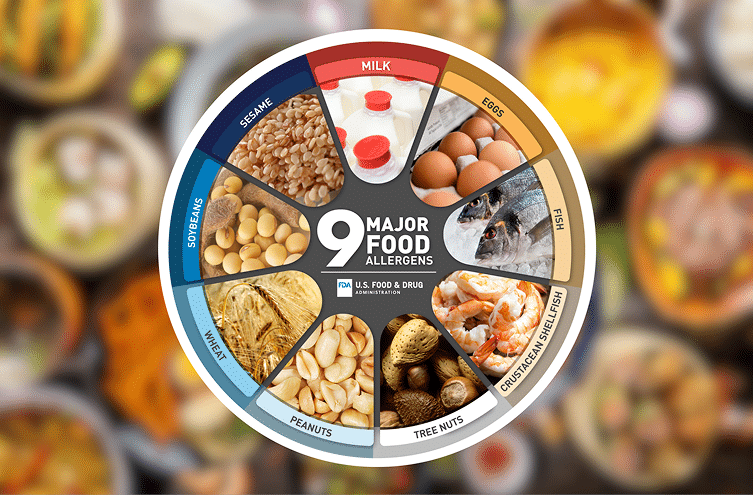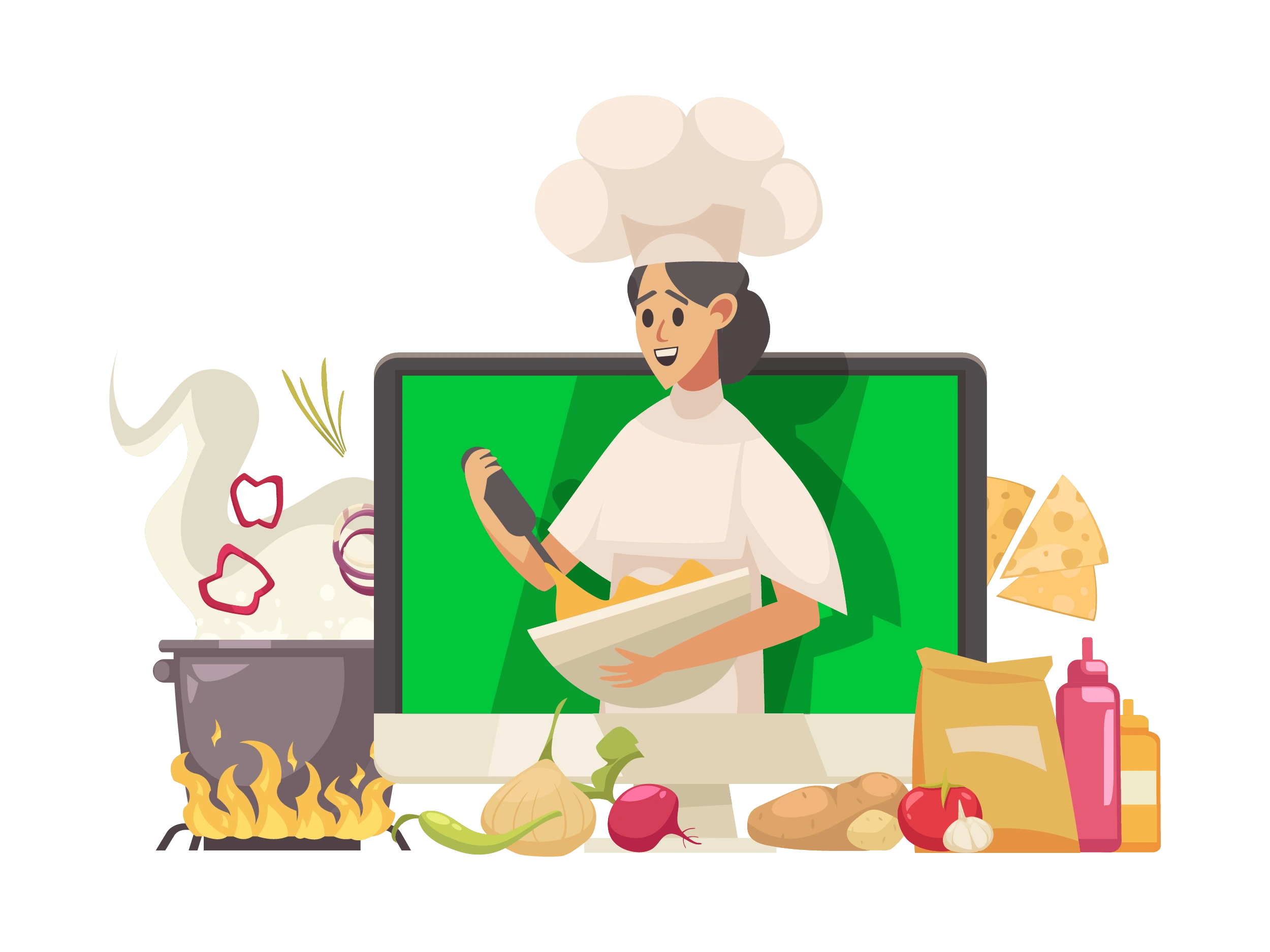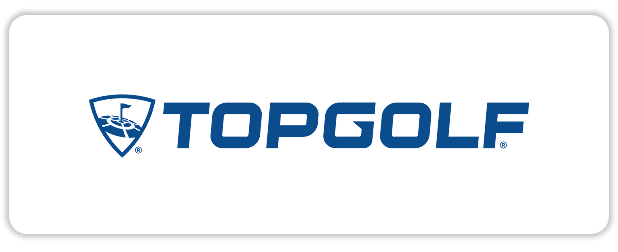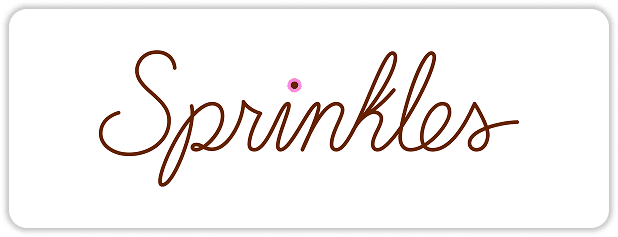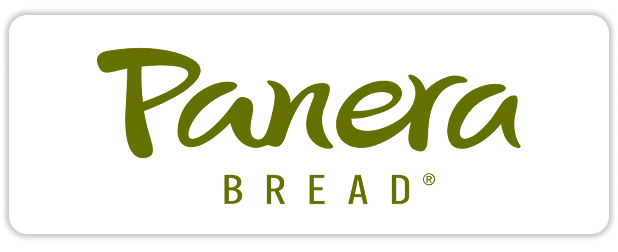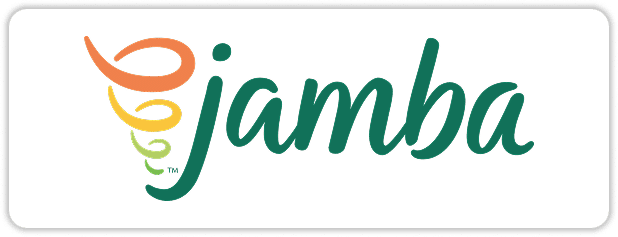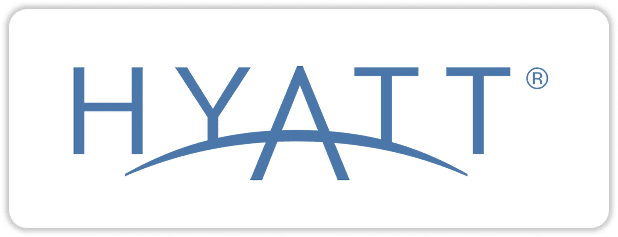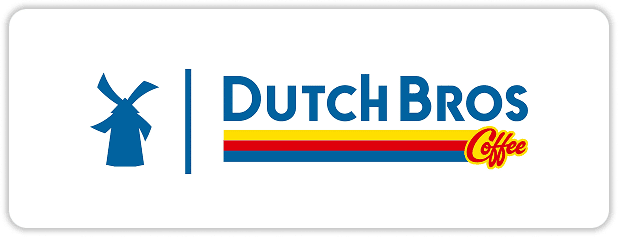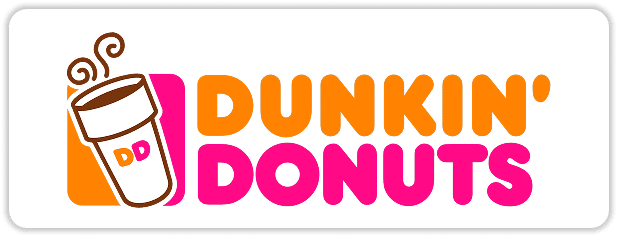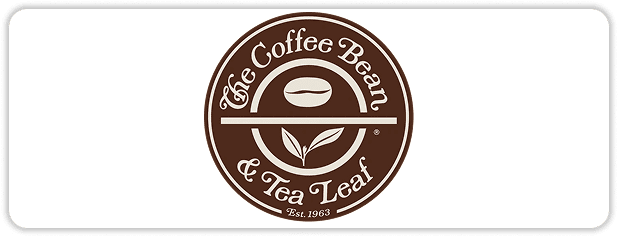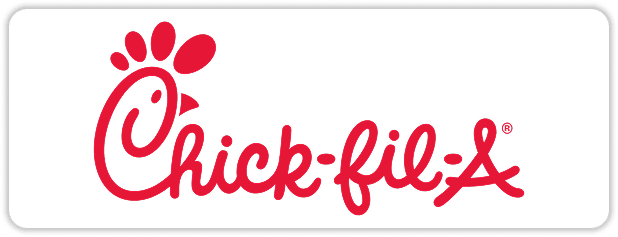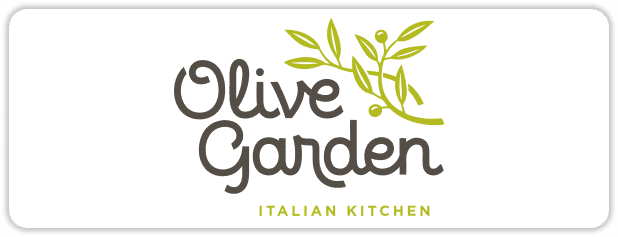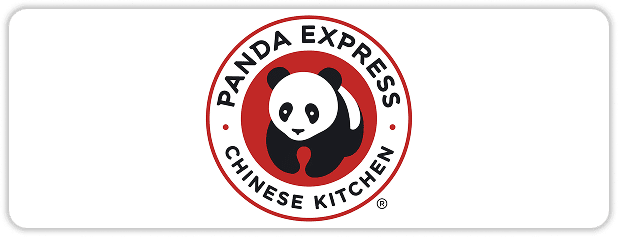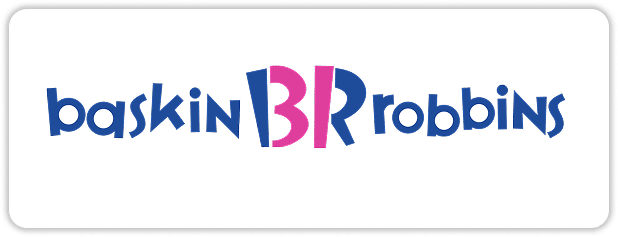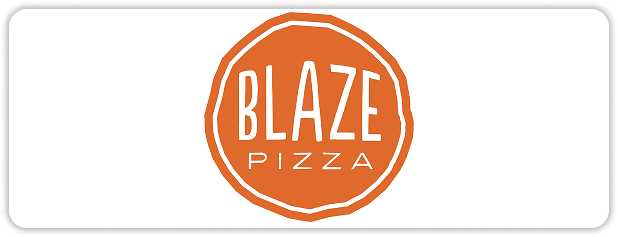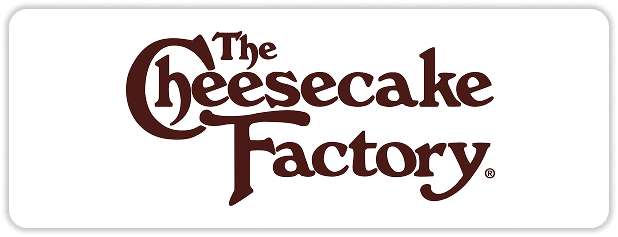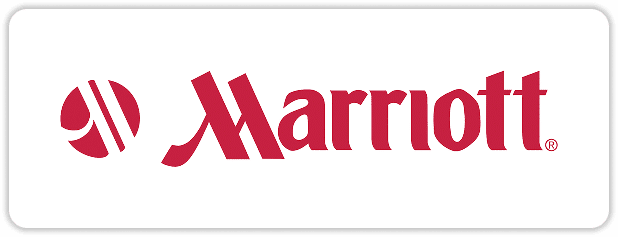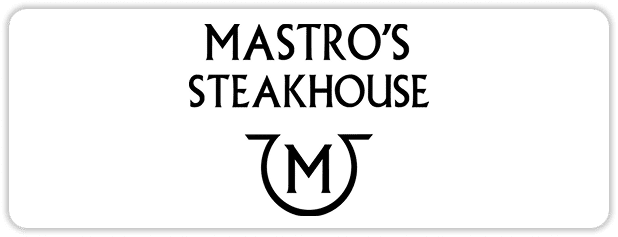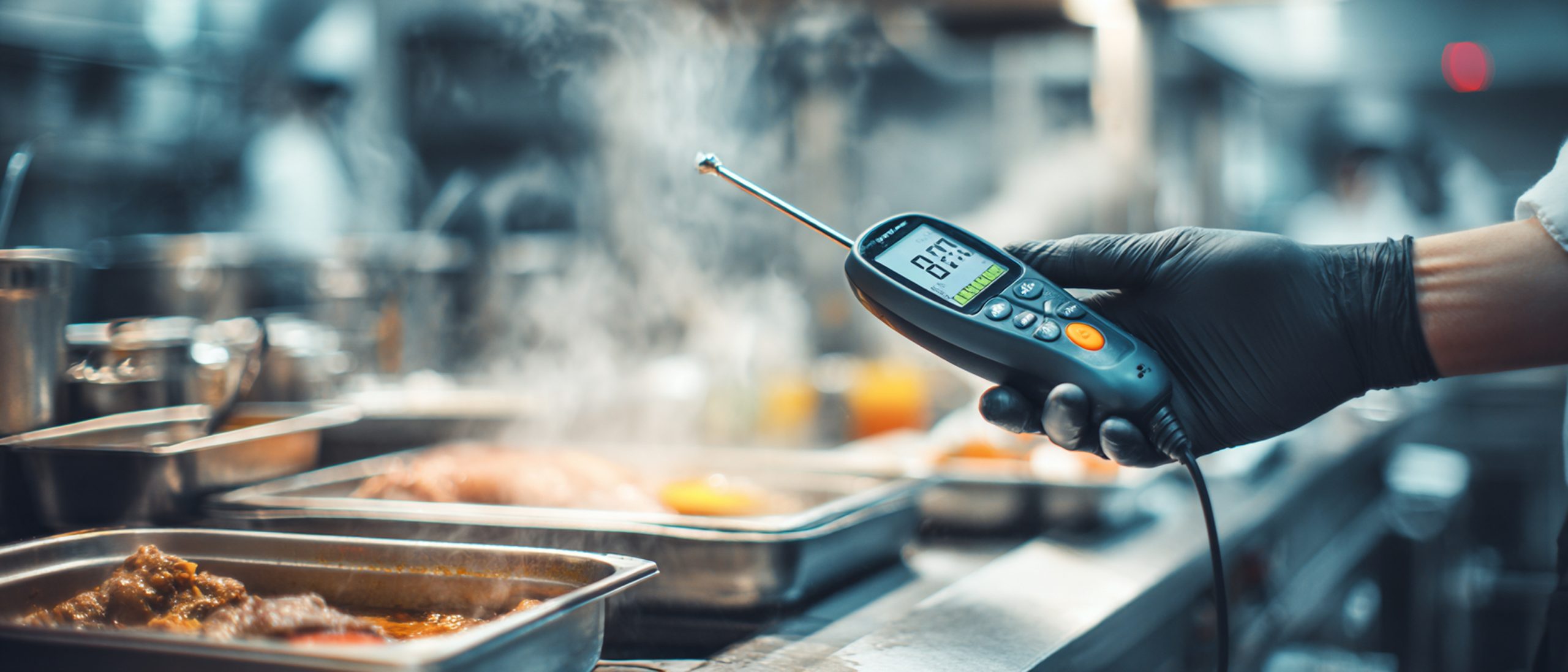
The Ultimate Guide for Thermometers to Read Temperatures Correctly in Food Prep
Ensuring that food reaches a safe internal temperature is one of the most critical steps in preventing foodborne illnesses. While many cooks rely on visual cues, like color or texture, these are not reliable indicators of safety. The only accurate way to determine whether food has reached a safe temperature is by using a properly functioning food thermometer. Learning how to use, maintain, and calibrate food for thermometers to read temperatures correctly is essential for both home cooks and professional food handlers. This FAQ guide covers everything you need to know.
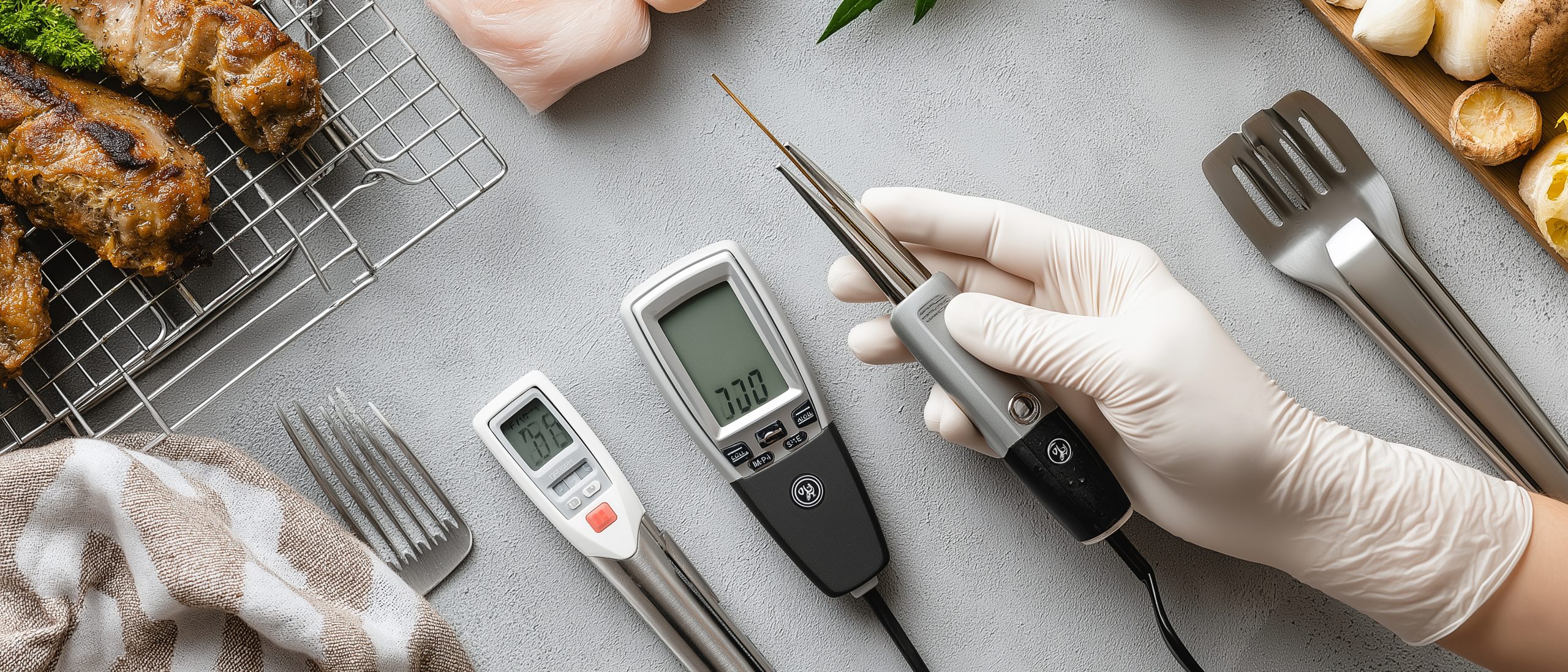
Best Types of Food Thermometers to Read Temperatures Correctly
Food thermometers come in various types, each designed for specific purposes. Choosing the right thermometer ensures precise readings for temperatures. Here’s an overview of common options:
Digital Thermometers:
- Thermocouple: Provides readings in about 5 seconds, suitable for thick or thin foods, can be calibrated, but is generally more expensive.
- Thermistor: Reads in about 10 seconds, is accurate for most foods, and is easy to find in stores. Some models can be calibrated.
- Oven cord thermometers: Designed to remain in food while cooking; cannot be calibrated, but are useful for continuous monitoring.
- Thermometer fork: Fast reading (2–10 seconds) for grilling, not designed to stay in food and cannot be calibrated.
Dial (Bimetallic) Thermometers:
- Instant-read bimetallic: Reads in 15–20 seconds, portable and inexpensive; some models can be calibrated.
- Oven-safe bimetallic: Can remain in food while cooking, reads in 1–2 minutes, may be calibrated, but not ideal for thin foods.
Other Thermometers:
- Liquid-filled: Cannot measure thin foods accurately; may give false readings. It cannot be calibrated either.
- Single-use: Designed for use with specific foods only. Can be used only once.
- Infrared: Measures only surface temperature; not suitable for internal food temperatures, but useful for ovens, grills, or pans.
For most food safety purposes, instant-read bimetallic stemmed thermometers are the most practical. They are cost-effective, easy to use, and can be calibrated. To get the most accurate reading, make sure to insert the probe into the thickest part of the food.
Why Calibration Is Essential for Thermometers to Read Temperatures Correctly
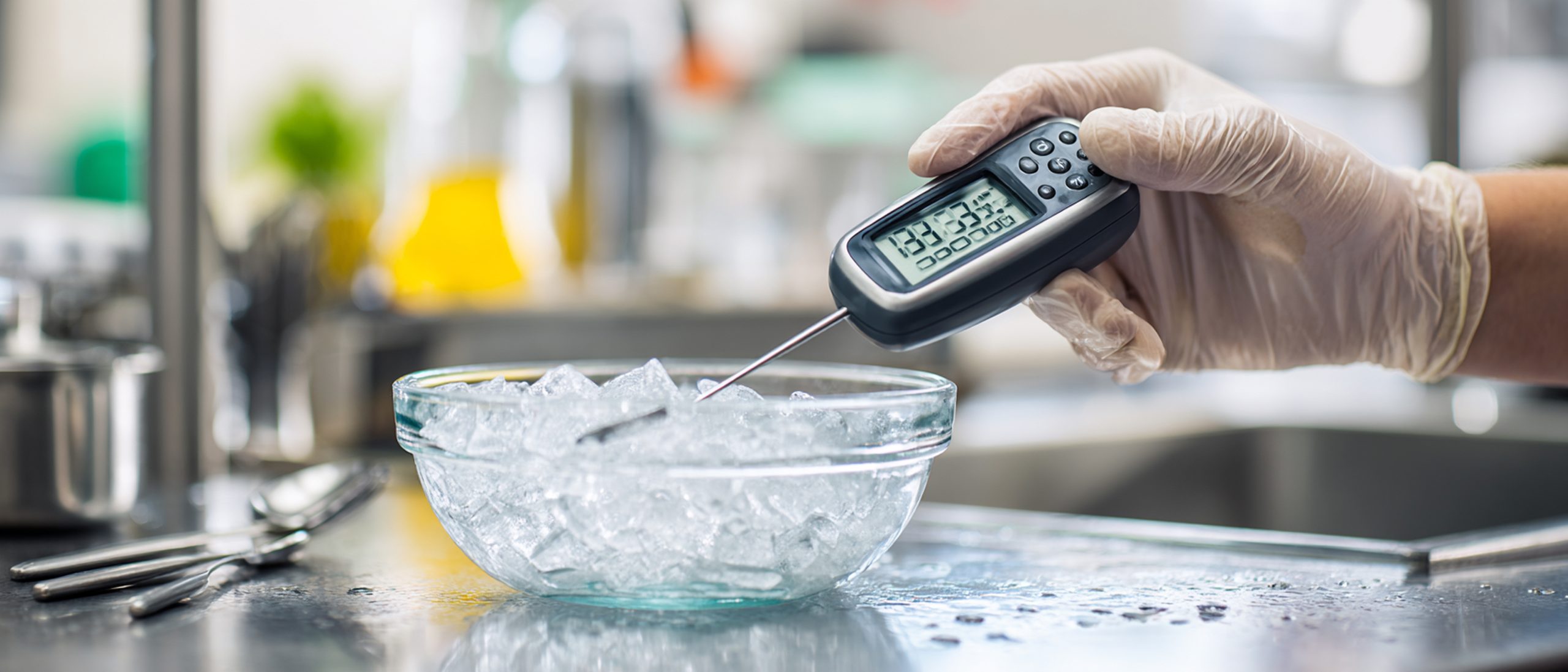
Even the best thermometer can give incorrect readings if it’s not properly calibrated. Slight deviations can mean that bacteria survive in undercooked foods, potentially causing foodborne illnesses. Calibration ensures that thermometers measure the true internal temperature of food.
Ice Water Method (Freezing-Point Method):
- Fill a glass with finely crushed ice and top with cold water. Stir well.
- Submerge the thermometer probe at least 2 inches, avoiding the sides or bottom.
- After 30 seconds, adjust the calibration nut until the thermometer reads 32°F (0°C).
Boiling Water Method (Boiling-Point Method):
- Boil distilled water in a pot.
- Insert the thermometer probe at least 2 inches into the water.
- Adjust the thermometer until it reads 212°F (100°C) at sea level. Adjust for altitude as needed (water boils at lower temperatures at higher elevations).
Calibration Tips:
- Check accuracy at least before each shift.
- Bimetallic stemmed thermometers usually have a nut for adjustment; digital thermometers may have a reset button.
- Discard any thermometer that cannot be calibrated or is off by more than 2°F (1°C).
How to use Food Thermometers Correctly
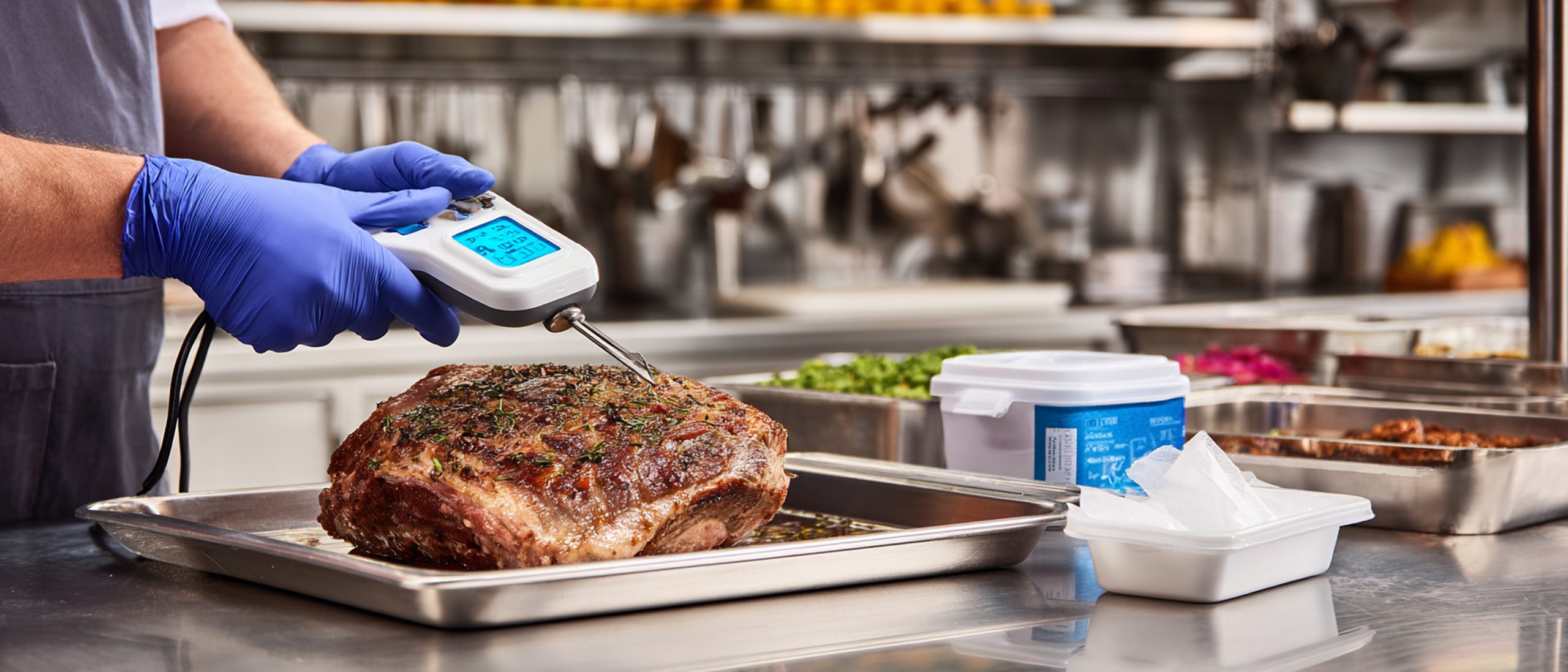
Using a thermometer incorrectly can lead to false readings even if the device is properly calibrated. Follow these guidelines for accurate measurements:
- Sanitize the probe or stem before and after use to prevent cross-contamination and allergen transfer. Alcohol-based single-use wipes are recommended.
- Insert into the thickest part of the food, avoiding bones, fat, or gristle.
- Thin foods (<1/2 inch thick): Use a digital thermometer with the sensor at the tip, or insert a bimetallic thermometer from the side until the sensing area reaches the center.
- Large cuts or roasts: Take multiple readings in different locations to ensure uniform temperature.
- Temperature logging: Keep records of cooking and cooling temperatures to ensure compliance with safety standards.
- Delivery and storage: Use thermometers to confirm that foods are outside the danger zone when received or stored.
Common Mistakes to Avoid
Even experienced food handlers sometimes make errors that affect thermometer readings:
- Relying on color or texture to judge doneness.
- Not calibrating thermometers regularly.
- Inserting probes incorrectly (too shallow, touching bone or fat).
- Failing to sanitize probes between uses.
- Using thermometers not suited for the food type (e.g., infrared for internal temperature).
Avoiding these mistakes is critical for preventing foodborne illness and maintaining compliance with food safety regulations.
How Often Should Food Thermometers be Calibrated?
Thermometers should be accurate within 2°F (1°C). Over time, due to drops or heavy use, thermometers can lose accuracy. Calibration should occur:
- Before each work shift or cooking session.
- After a thermometer has been dropped or bumped.
- Periodically, for digital thermometers with a reset function.
Even thermometers that cannot be calibrated should be verified using ice or boiling water methods. Regular checks ensure that your readings are accurate and precise.
Why Accurate Temperature Measurement Matters
Using a properly calibrated thermometer ensures:
- Food safety: Eliminates the risk of harmful bacteria surviving in undercooked foods.
- Compliance: Meets local health codes and regulatory requirements.
- Customer confidence: Properly cooked foods are safer and of higher quality.
- Insurance and liability protection: Accurate records can prevent disputes in case of complaints or inspections.
Temperature monitoring also applies to washing stations. For example, the water in a three-compartment sink should reach the correct temperature for cleaning, verified with a thermometer.
Ensuring Food Safety Every Step of the Way
Maintaining food safety is more than just cooking at the right temperature — it’s a combination of proper thermometer use, accurate calibration, careful monitoring, and adherence to hygiene standards. By regularly calibrating your thermometers, taking temperatures in the correct spots, and sanitizing equipment before and after use, you protect your customers from foodborne illnesses and maintain high-quality standards. Accurate temperature measurement ensures compliance with local health regulations, builds customer trust, and reduces liability risks. Keeping logs of cooking, cooling, and delivery temperatures further strengthens your food safety practices, ensuring your business operates efficiently and responsibly.
Take Your Food Safety Skills to the Next Level
Professional food safety training equips you with the knowledge to handle food safely, minimize risks, and demonstrate compliance with regulations. By earning a recognized food safety certification, you not only improve your practices in monitoring temperatures and handling food, but also strengthen your credibility with customers and regulatory authorities. AAA Food Handler offers ANSI National Accreditation Board (ANAB)-accredited courses that are flexible, online, and recognized nationwide, ensuring that both new and experienced food operators understand proper food handling, sanitation, and safety protocols.
